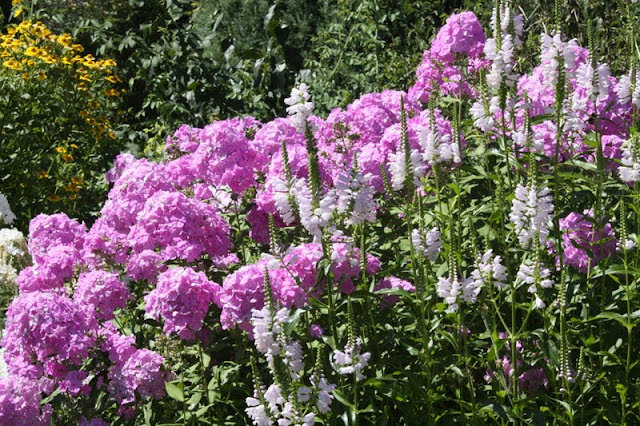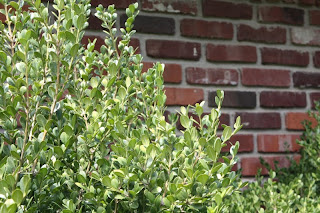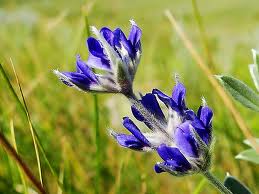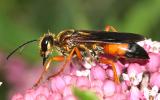Phytolacca americana L. – American Pokeweed
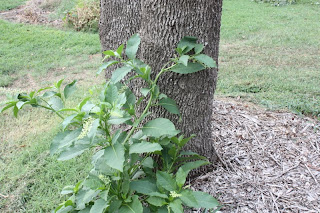
OK First, click on this link and listen to the ode written about a native weed. The birds plant it and I pull it up when I see it. If it isn't destroyed it will put down a root that grows to the center of the earth. Some gardeners love poke weed, grow it or at least leave it in place where the birds planted it. It's just too prolific for my taste. Poke weed has many names: pokebush, polk salad (as in the song above), inkberry, etc. Benjamin Franklin used the juice of mature berries as ink for a quill pen and he called it Inkweed. Early American colonists used the crushed berries as a purple dye. Plus, they fermented the juice and used it to spike cheap wine. (See Wildflowers of the Escambia - fabulous site - http://wildflowers.jdcc.edu ) Locals like to harvest the young leaves in the spring, then boil them in two or three changes of water to remove the poisonous phytolaccatoxin and phytolaccigenin. The boiled leaves are called poke salad. The birds, who love to eat the seed
